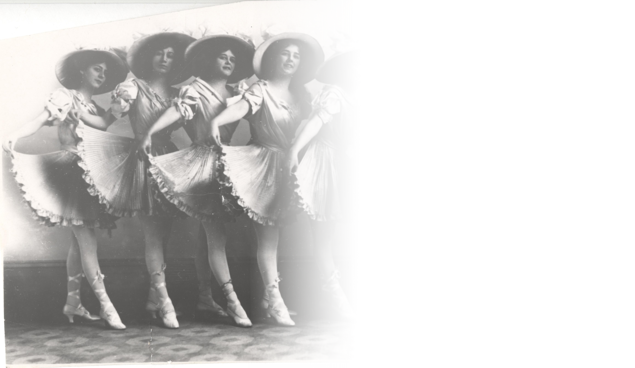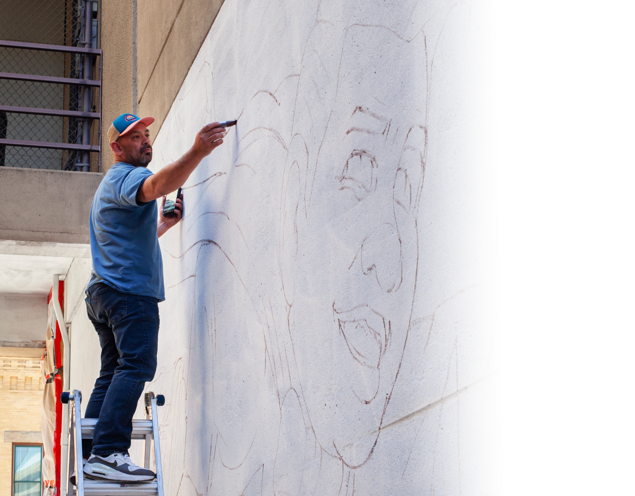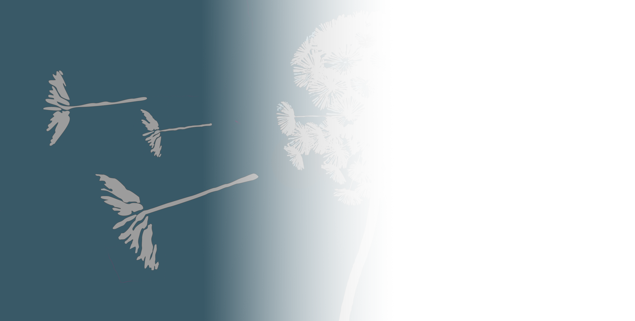Ustick Dreaming
Ustick Dreaming
- Creator: Judy Collins, Dale Collins
- Date: 2009
- Location: Library! at Cole & Ustick
- Types: installations (visual works), windows, murals (any medium)
- Materials: ink, glass (material)
- Collection: Site-Based Works
Local history, the location and water are the basis for the glass art. These glass features were made by cast glass fired with various pieces of layered and colored glass that become one coherent piece after firing, sandblasting, carving, attaching of bevels, colored glasses and historic images. The images depict many of the salient features of early Ustick, both natural and manmade. The photographic images are from the Idaho State Historical Society and Boise State University. Isolation shaped Boise. Being a desert mountain locale so far from any other major development, this area of Idaho owes its existence to two factors: the tenacity of its inhabitants and water. Irrigation transformed the sagebrush to rangeland and farmland. The Idaho Indians had no sophisticated agriculture, but the river allowed for fishing and was the basis for early trading with the first settlers. Arriving in 1903, Harlan Ustick was a pivotal figure in the development of the Ustick area west of Boise. He owned the original 110 sites that became the town site, had the 3rd largest apple orchard in Treasure Valley, and was instrumental in developing a rail line from Boise to points west, which served agricultural interests. It was possible to develop those interests because of the presence of water for irrigation, which provided for crops such as apples, corn, onions and potatoes, growing to 200-300 farms by the mid-19th century. Settlers Canal bordering Ustick was an irrigation diversion canal that allowed Ustick to become one of the largest apple growing regions in the northwest.














